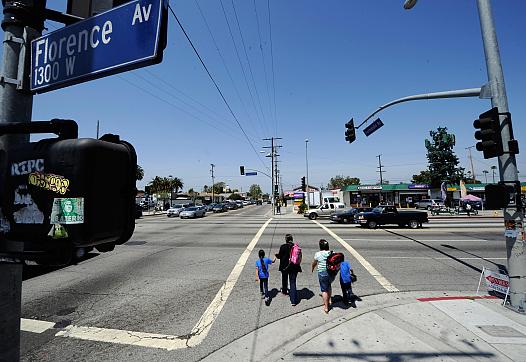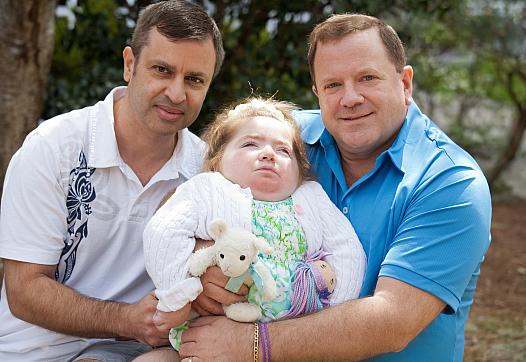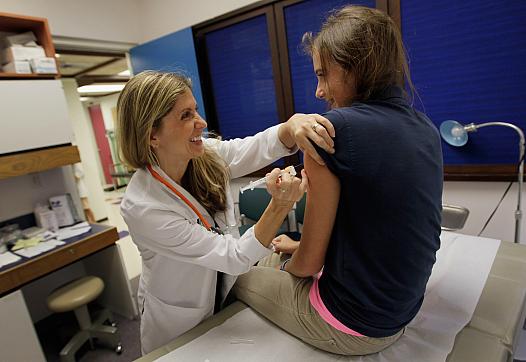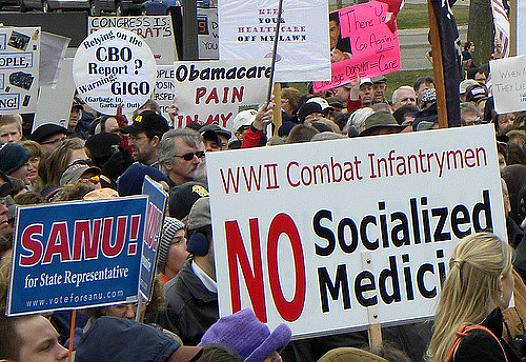
Soon Californians will find themselves being asked to divulge their sexual orientation and gender identity to state health officials. But will people be willing to divulge such personal information?

Soon Californians will find themselves being asked to divulge their sexual orientation and gender identity to state health officials. But will people be willing to divulge such personal information?

Why nearness is a problem, what schools can do and how parents have led the way.

Across the country, in big cities and small towns, kids attend schools so close to busy roads that traffic exhaust poses a health risk.

Can a revamped community hospital overcome a history of dysfunction and place residents of South Los Angeles on a path to better health and lower rates of chronic disease?

Can games with prizes and incentives get kids moving more? Two programs in the U.S. and U.K. show early promise.

Whether it's Taco Bell’s Naked Chicken Chalupa or the Flamin' Hot Cheeto Bagel, media coverage of stunt foods “only normalizes extreme levels of salt and sugar in food and alters our taste buds to promote addiction,” argues Dr. Monya De.

The solution lies not in building more psychiatric facilities, but in providing effective treatment and supports in the least restrictive setting, says Dr. Fred Osher.

After their daughter ended up with Tay-Sachs disease due to a lack of genetic screening, two fathers started pushing for change. They ended up creating the world’s largest funding organization for Tay-Sachs research.

When it comes to vaccines, the ongoing struggle against unsubstantiated fringe theories can eclipse other valid concerns about the frequency and type of vaccines doctors prescribe.

Like many middle-class Americans who do not qualify for ACA subsidies, Mike Pirner saw his health expenses rise under the law, causing him to forestall seeking care.